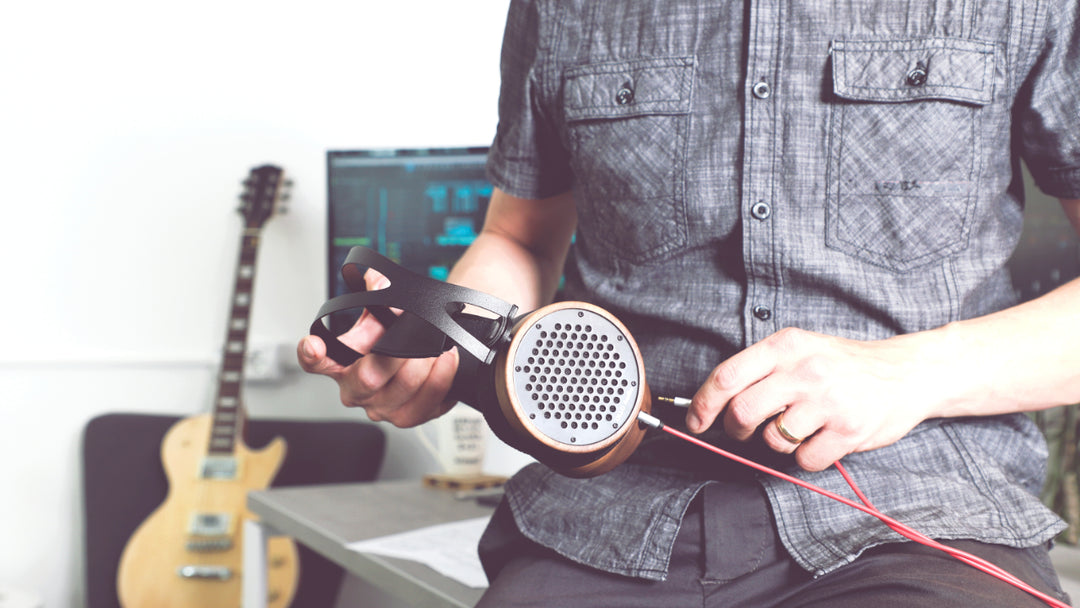Silence: the sound of possibility


Throughout my work as a sound engineer and as a musician, a key concept that I always use and keep in mind, from both the technical and musical point of view is that of CONTRAST. Contrast of moods in a song, of frequencies in a mix, contrast between music and text, between stage or screen and their envelopes of sound are some of the elements that can generate the tensions on which the audience’s attention and interest depend.
The sharpest and most powerful contrast, though, is that between sound and silence – if we define silence as mere absence of sound. Silence, however, is a basic factor in musical production, and must be explored and used as effectively as possible. The basic question, in fact, is: what do we mean by “silence”? I like to think of silence as something beyond reach, as a limit (in mathematical terms) towards which we must tend. I believe that what makes silence so interesting and effective is precisely the fact that we can never achieve perfect silence. If we keep silent, we hear the sounds of the environment around us; if the soundtrack in a film or theater production suddenly ceases, it foregrounds the sound of the action on screen or stage. Likewise, in a studio musical production, an instrument that stops playing makes room for the sound of the air, of the amps, of the microphones. Even if we digitally remove all sounds, we open the space of the sound of the listener’s breath. Listening through headphones, especially if closed, is as close as it comes to the realm of perfect silence, but still does not reach that limit. This is the meaning of John Cage’s 4:33: rather than a provocation, as it is often described, it is an interesting experiment on the search for silence. Indeed, the project arose from Cage’s experience in an anechoic chamber, in which he realized that, no matter how quiet and still he remained, yet he could hear the sounds of his own body, his own breath, the flow of his own blood.

Our brain has no experience or knowledge of REAL silence, but can imagine it. Thus, when our ear comes close to the limit, our brain sharpens our senses and generates a new state of tension: when the sound of music returns the impact is much greater, whether it be after an explosive stop-and-go or after a longer pause that announces the gradual return of a subdued, almost inaudible sound.
Silence sounds, silence is part of music, silence generates emotions – we might in fact speak of silence as the “sound of possibility”: the moment in which the listeners, consciously or unconsciously, expect that something is about to happen, may feel at a loss about what to expect next, and are therefore at the peak of attention. One of the most intense concert moments I remember is the silence that Radiohead created before the beginning of a thrilling “Exit music (for a movie)”: an arena full of people turned suddenly soundless, a carpet of whispering breaths that lasted for minutes, a sheer musical tension that made Thom Yorke’s guitar and voice opening sound sublime. That silence was part of the song, possibly its highest peak. Some of us knew what they were going to play next, others wondered what was about to come: that long silence created the thrill of possibility.
A pop production perhaps has less use for silence. Contemporary media require a full sound (indeed, the presence of silence in a song deceives Spotify’s algorithms and seems to increase the song’s total loudness), and music consumption requires shorter songs, less likely to scatter attention. Here too, however, pauses, musical rests, drops in intensity – still part of the same general concept – are elements that we must explore and exploit just like every other element or instrument we use in production. We all do this in our work, but being aware of this aspect gives a different meaning to the natural gestures of lifting one’s hands off a keyboard, breaking a beat or muting a clip.
A more extensive project, like of a movie soundtrack, gives us more leeway for playing with this precious instrument, that we all possess but that has to be used strategically and with knowledge. Of course, there must be silences In order to make room for scene and dialogue; yet, it is not just a matter of playing when music is required, not playing where it’s unnecessary, but rather being aware of the ways in which the absence of sound can generate emotion, and where this emotion comes from. To avoid a merely didactic use of music, it is very important to know the many possibilities opened by the absence of background sound: silence, then, may either relax tension and open a space, or reinforce the empathy between the audience and the screen, or stage. The sound of possibility can contribute hugely to an audience's emotional concentration.

Of course, unless silence is used correctly, the absence of musical background can be boring rather than exciting, be too much a break in the flow of emotions. Just like a musical chord has no meaning in itself, but only in the context of the chords that come before and after, the same is true, perhaps even truer, for silence (which sends us back to the theme of “contrast”).
As years go by I am gradually learning, consciously or not, to think of composition not merely as an assemblage of sounds, but rather as the creation of emotional moods. From the many people that I have worked with, I have learned to what extent sound may be enhanced by the absence of sound, how many visions silence as instrument illuminates for composers and producers, how rich is the play we can develop as we travel the road toward silence.
AUTHOR: Matteo Portelli
PHOTO: Daria Addabbo




